
Day: Lake Tahoe, June Lake, Saddlebag Lake near Yosemite, Bodie Ghost Town, Garlock Ghost Town - July 2015
Page 1 of 2 - Use arrows to navigate
This is Sugar Pine on the west side of Lake Tahoe. |
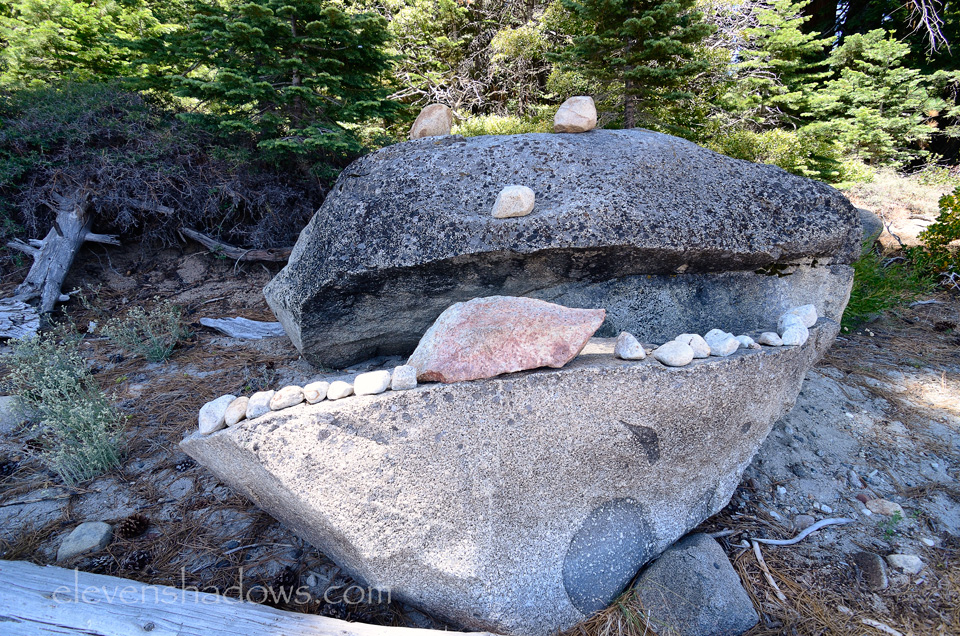 Sugar Pine, Lake Tahoe, California. Sugar Pine, Lake Tahoe, California. |
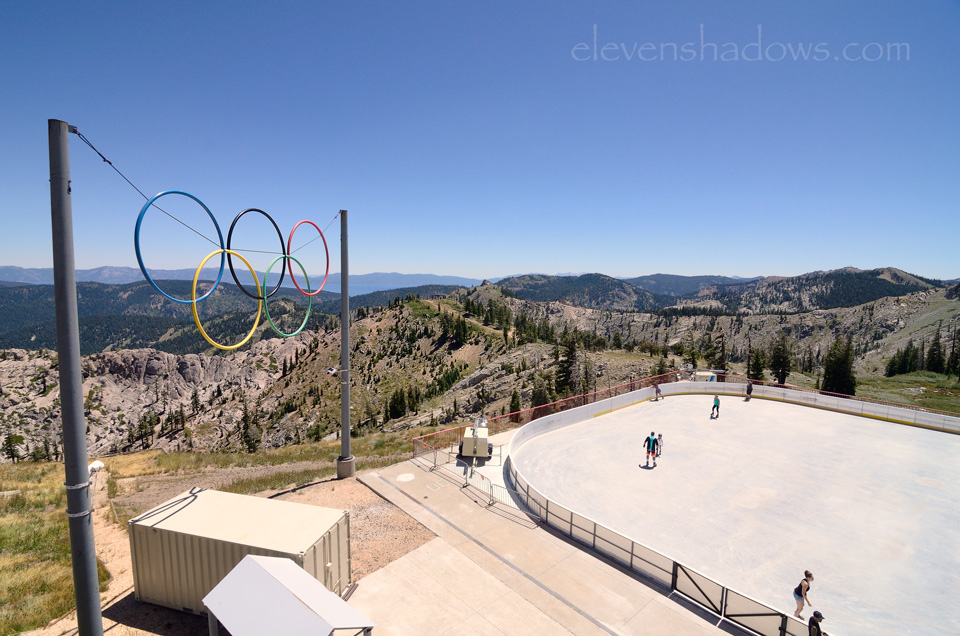 Squaw Valley, home of the 1960 Winter Olympics, west of Lake Tahoe .We drove up here and hiked around the area after visiting Sugar Pine.
Squaw Valley, home of the 1960 Winter Olympics, west of Lake Tahoe .We drove up here and hiked around the area after visiting Sugar Pine. |
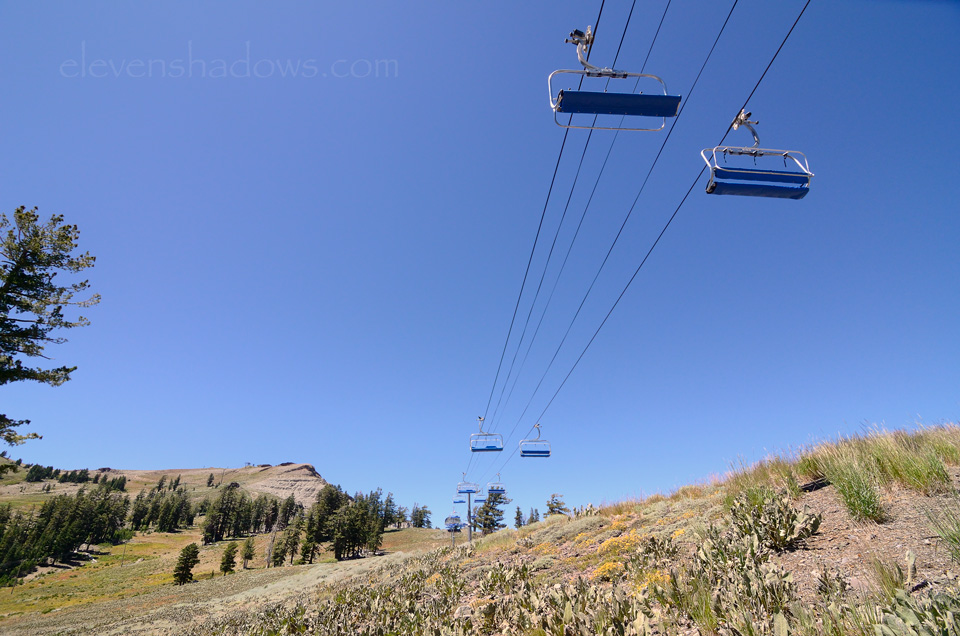 Squaw Valley, home of the 1960 Winter Olympics, west of Lake Tahoe. We drove up here and hiked around the area after visiting Sugar Pine.
Squaw Valley, home of the 1960 Winter Olympics, west of Lake Tahoe. We drove up here and hiked around the area after visiting Sugar Pine. |
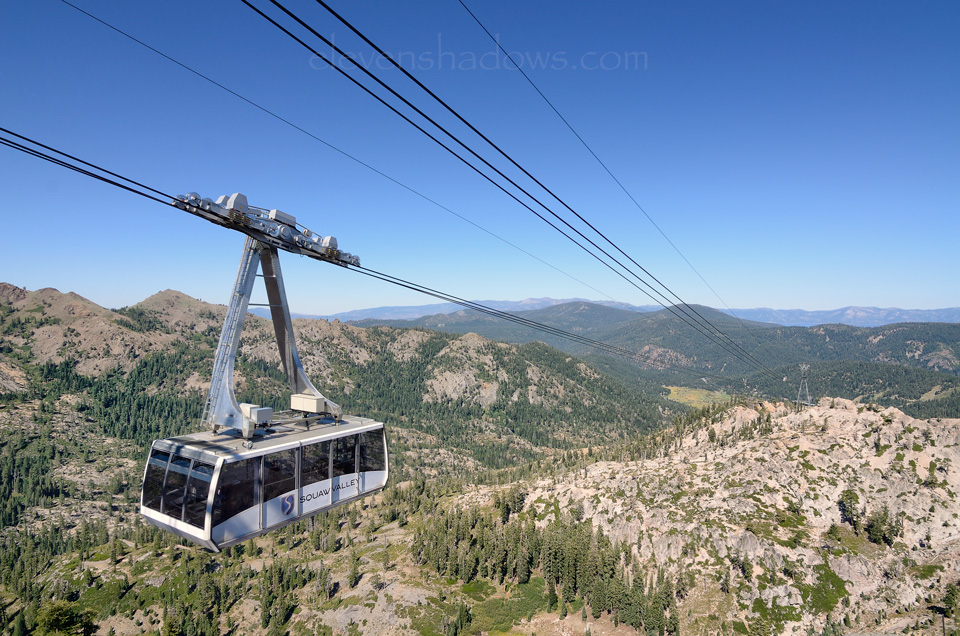 Squaw Valley, home of the 1960 Winter Olympics, west of Lake Tahoe. We drove up here and hiked around the area after visiting Sugar Pine. View from the tram. Squaw Valley, home of the 1960 Winter Olympics, west of Lake Tahoe. We drove up here and hiked around the area after visiting Sugar Pine. View from the tram. |
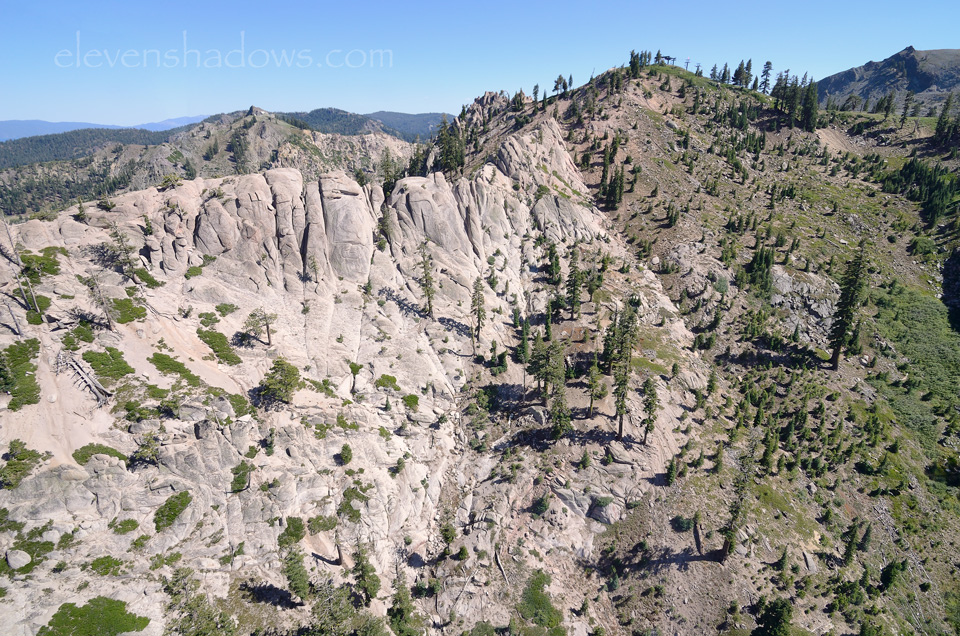 Squaw Valley, home of the 1960 Winter Olympics, west of Lake Tahoe. We drove up here and hiked around the area after visiting Sugar Pine. View from the tram. Squaw Valley, home of the 1960 Winter Olympics, west of Lake Tahoe. We drove up here and hiked around the area after visiting Sugar Pine. View from the tram. |
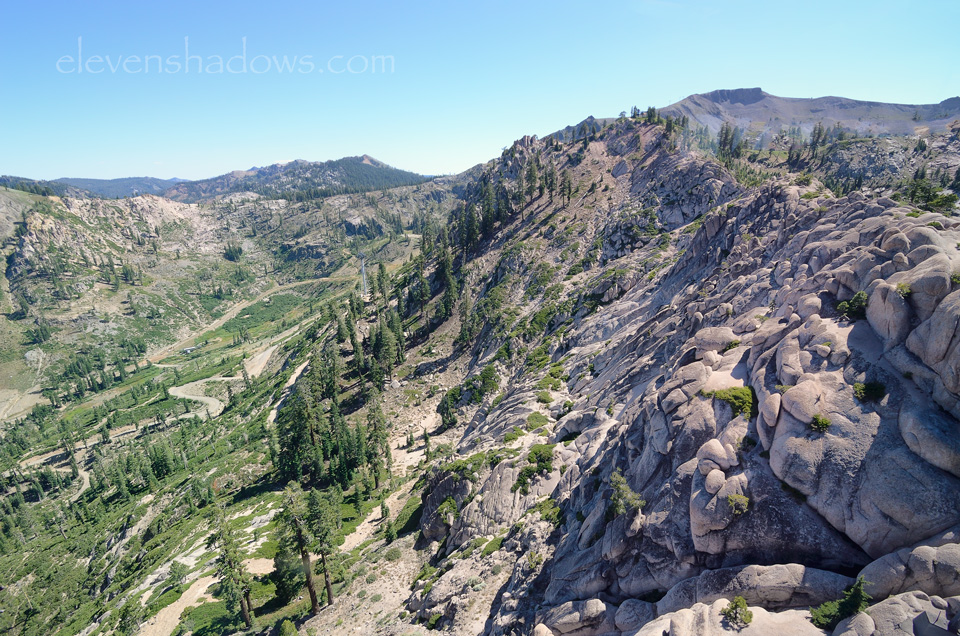 Squaw Valley, home of the 1960 Winter Olympics, west of Lake Tahoe. We drove up here and hiked around the area after visiting Sugar Pine. View from the tram. Squaw Valley, home of the 1960 Winter Olympics, west of Lake Tahoe. We drove up here and hiked around the area after visiting Sugar Pine. View from the tram. |
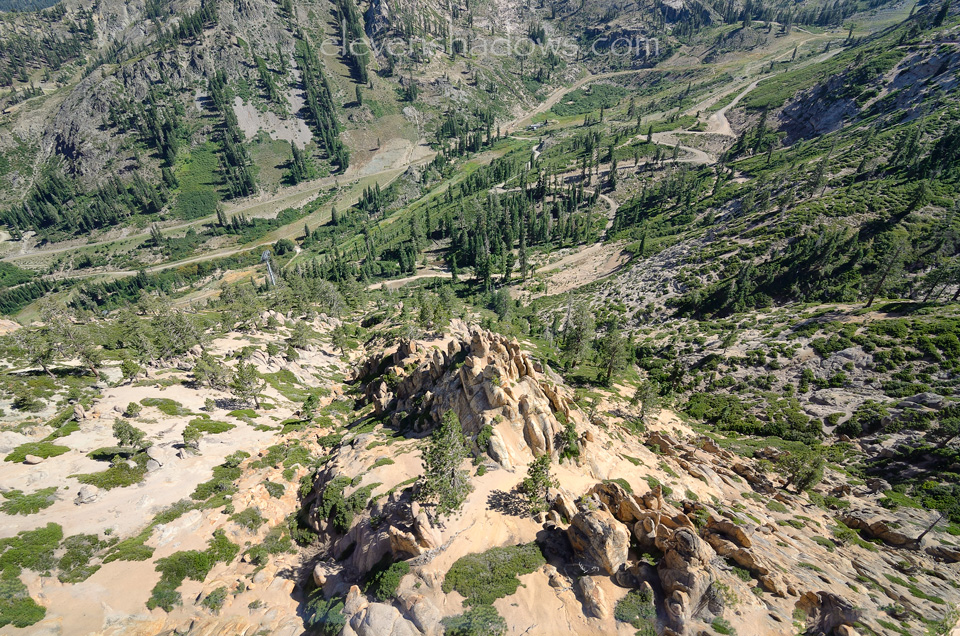 Squaw Valley, home of the 1960 Winter Olympics, west of Lake Tahoe. We drove up here and hiked around the area after visiting Sugar Pine. View from the tram. Squaw Valley, home of the 1960 Winter Olympics, west of Lake Tahoe. We drove up here and hiked around the area after visiting Sugar Pine. View from the tram. |
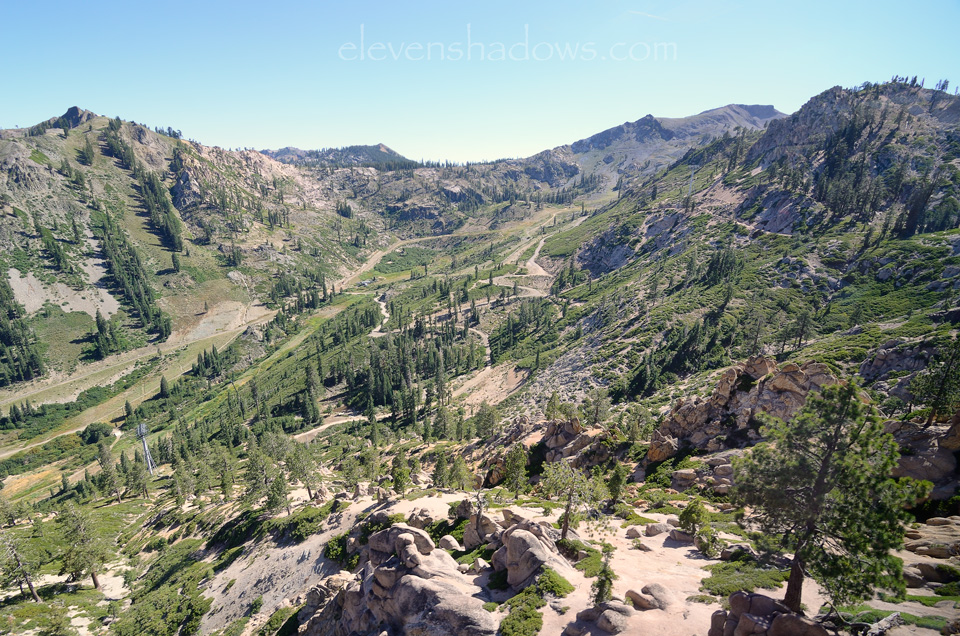 Squaw Valley, home of the 1960 Winter Olympics, west of Lake Tahoe. We drove up here and hiked around the area after visiting Sugar Pine. View from the tram. Squaw Valley, home of the 1960 Winter Olympics, west of Lake Tahoe. We drove up here and hiked around the area after visiting Sugar Pine. View from the tram. |
As the State Park describes it, "Bodie State Historic Park is a genuine California gold-mining ghost town. Visitors can walk down the deserted streets of a town that once had a population of nearly 10,000 people. The town is named for Waterman S. Body (William Bodey), who had discovered small amounts of gold in hills north of Mono Lake. In 1875, a mine cave-in revealed pay dirt, which led to purchase of the mine by the Standard Company in 1877. People flocked to Bodie and transformed it from a town of a few dozen to a boomtown. Only a small part of the town survives, preserved in a state of "arrested decay." Interiors remain as they were left and stocked with goods. Designated as a National Historic Site and a State Historic Park in 1962, the remains of Bodie are being preserved in a state of "arrested decay". Today this once thriving mining camp is visited by tourists, howling winds and an occasional ghost." |
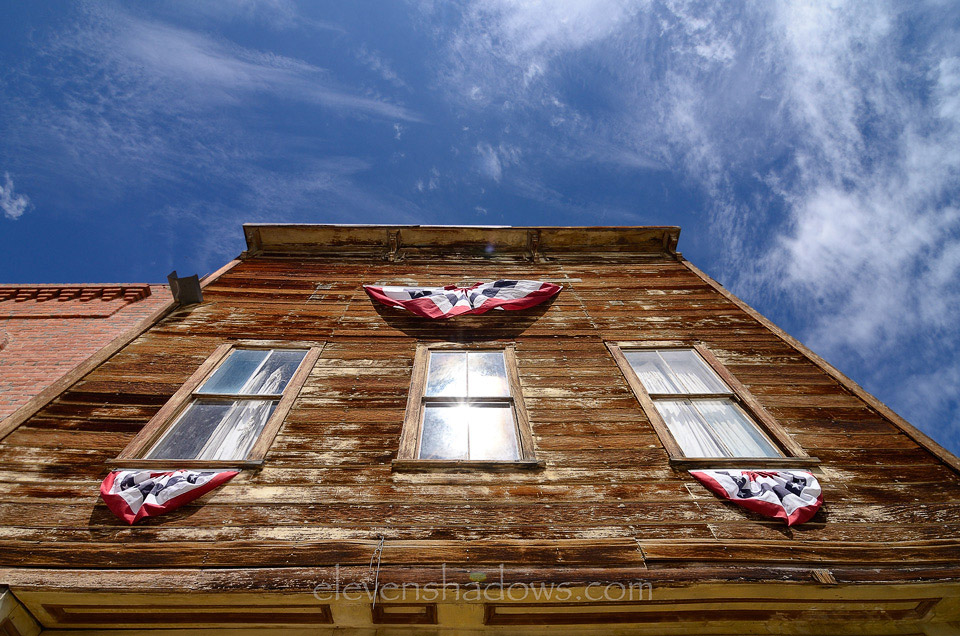
Bodie ghost town, situated at about 8000 feet in elevation. I absolutely love this place. This was my second visit, the first one in 2012, three years earlier than this visit. This was a wild town, with miners, outlaws, saloons, prostitutes, and thieves, all brought there by that shiny metal that people value so much. As the State Park describes it, "Bodie State Historic Park is a genuine California gold-mining ghost town. Visitors can walk down the deserted streets of a town that once had a population of nearly 10,000 people. The town is named for Waterman S. Body (William Bodey), who had discovered small amounts of gold in hills north of Mono Lake. In 1875, a mine cave-in revealed pay dirt, which led to purchase of the mine by the Standard Company in 1877. People flocked to Bodie and transformed it from a town of a few dozen to a boomtown. Only a small part of the town survives, preserved in a state of "arrested decay." Interiors remain as they were left and stocked with goods. Designated as a National Historic Site and a State Historic Park in 1962, the remains of Bodie are being preserved in a state of "arrested decay". Today this once thriving mining camp is visited by tourists, howling winds and an occasional ghost." |
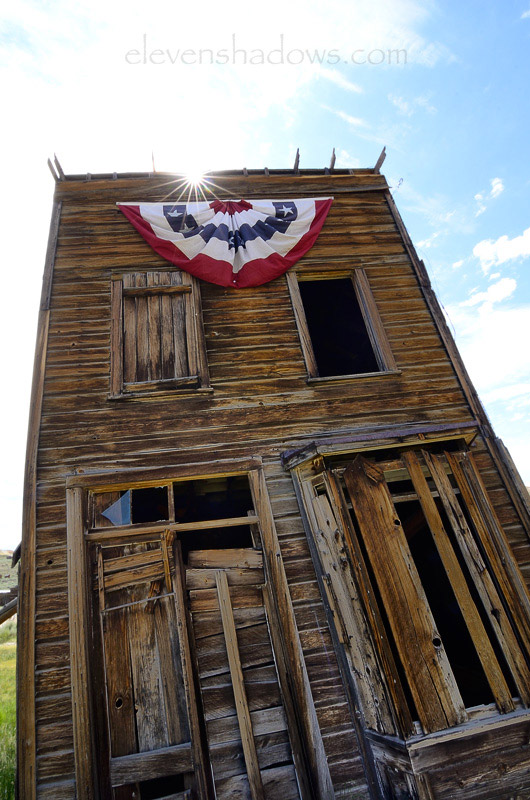
Bodie ghost town, situated at about 8000 feet in elevation. I absolutely love this place. This was my second visit, the first one in 2012, three years earlier than this visit. This was a wild town, with miners, outlaws, saloons, prostitutes, and thieves, all brought there by that shiny metal that people value so much. As the State Park describes it, "Bodie State Historic Park is a genuine California gold-mining ghost town. Visitors can walk down the deserted streets of a town that once had a population of nearly 10,000 people. The town is named for Waterman S. Body (William Bodey), who had discovered small amounts of gold in hills north of Mono Lake. In 1875, a mine cave-in revealed pay dirt, which led to purchase of the mine by the Standard Company in 1877. People flocked to Bodie and transformed it from a town of a few dozen to a boomtown. Only a small part of the town survives, preserved in a state of "arrested decay." Interiors remain as they were left and stocked with goods. Designated as a National Historic Site and a State Historic Park in 1962, the remains of Bodie are being preserved in a state of "arrested decay". Today this once thriving mining camp is visited by tourists, howling winds and an occasional ghost." |
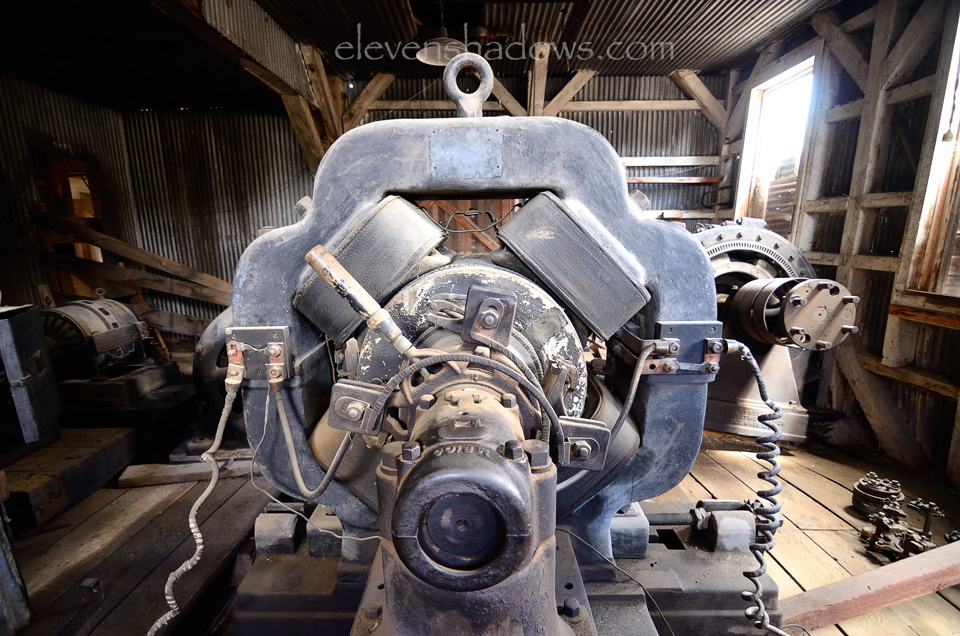
Bodie ghost town, situated at about 8000 feet in elevation. I absolutely love this place. This was my second visit, the first one in 2012, three years earlier than this visit. This was a wild town, with miners, outlaws, saloons, prostitutes, and thieves, all brought there by that shiny metal that people value so much. As the State Park describes it, "Bodie State Historic Park is a genuine California gold-mining ghost town. Visitors can walk down the deserted streets of a town that once had a population of nearly 10,000 people. The town is named for Waterman S. Body (William Bodey), who had discovered small amounts of gold in hills north of Mono Lake. In 1875, a mine cave-in revealed pay dirt, which led to purchase of the mine by the Standard Company in 1877. People flocked to Bodie and transformed it from a town of a few dozen to a boomtown. Only a small part of the town survives, preserved in a state of "arrested decay." Interiors remain as they were left and stocked with goods. Designated as a National Historic Site and a State Historic Park in 1962, the remains of Bodie are being preserved in a state of "arrested decay". Today this once thriving mining camp is visited by tourists, howling winds and an occasional ghost." |
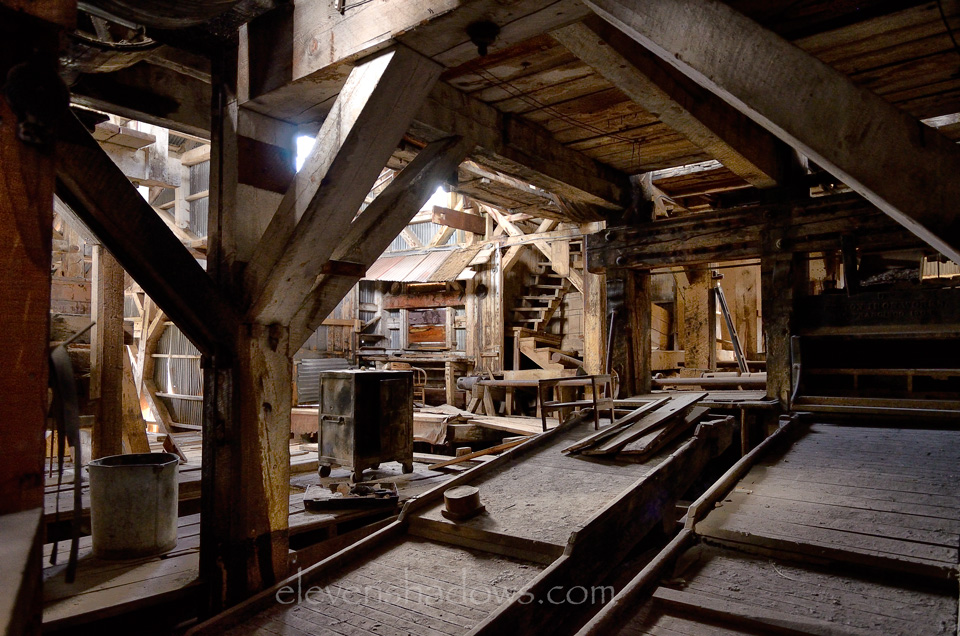
Bodie ghost town, situated at about 8000 feet in elevation. I absolutely love this place. This was my second visit, the first one in 2012, three years earlier than this visit. This was a wild town, with miners, outlaws, saloons, prostitutes, and thieves, all brought there by that shiny metal that people value so much. As the State Park describes it, "Bodie State Historic Park is a genuine California gold-mining ghost town. Visitors can walk down the deserted streets of a town that once had a population of nearly 10,000 people. The town is named for Waterman S. Body (William Bodey), who had discovered small amounts of gold in hills north of Mono Lake. In 1875, a mine cave-in revealed pay dirt, which led to purchase of the mine by the Standard Company in 1877. People flocked to Bodie and transformed it from a town of a few dozen to a boomtown. Only a small part of the town survives, preserved in a state of "arrested decay." Interiors remain as they were left and stocked with goods. Designated as a National Historic Site and a State Historic Park in 1962, the remains of Bodie are being preserved in a state of "arrested decay". Today this once thriving mining camp is visited by tourists, howling winds and an occasional ghost." |
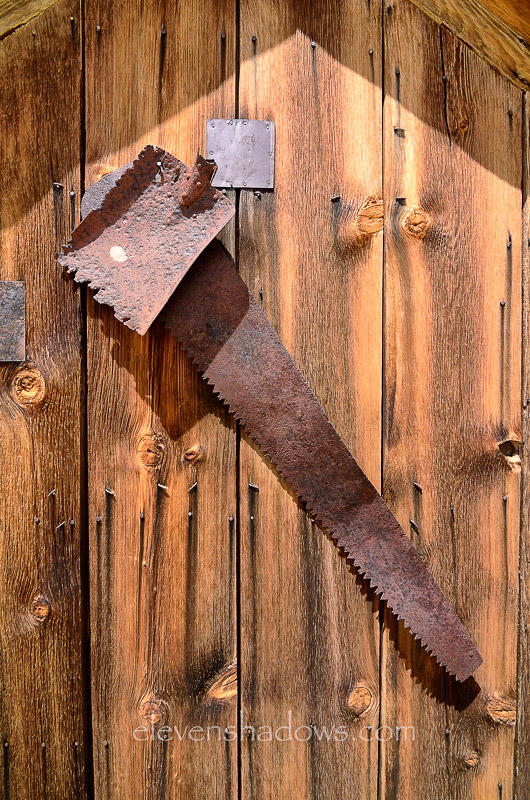
Bodie ghost town, situated at about 8000 feet in elevation. I absolutely love this place. This was my second visit, the first one in 2012, three years earlier than this visit. This was a wild town, with miners, outlaws, saloons, prostitutes, and thieves, all brought there by that shiny metal that people value so much. As the State Park describes it, "Bodie State Historic Park is a genuine California gold-mining ghost town. Visitors can walk down the deserted streets of a town that once had a population of nearly 10,000 people. The town is named for Waterman S. Body (William Bodey), who had discovered small amounts of gold in hills north of Mono Lake. In 1875, a mine cave-in revealed pay dirt, which led to purchase of the mine by the Standard Company in 1877. People flocked to Bodie and transformed it from a town of a few dozen to a boomtown. Only a small part of the town survives, preserved in a state of "arrested decay." Interiors remain as they were left and stocked with goods. Designated as a National Historic Site and a State Historic Park in 1962, the remains of Bodie are being preserved in a state of "arrested decay". Today this once thriving mining camp is visited by tourists, howling winds and an occasional ghost." |
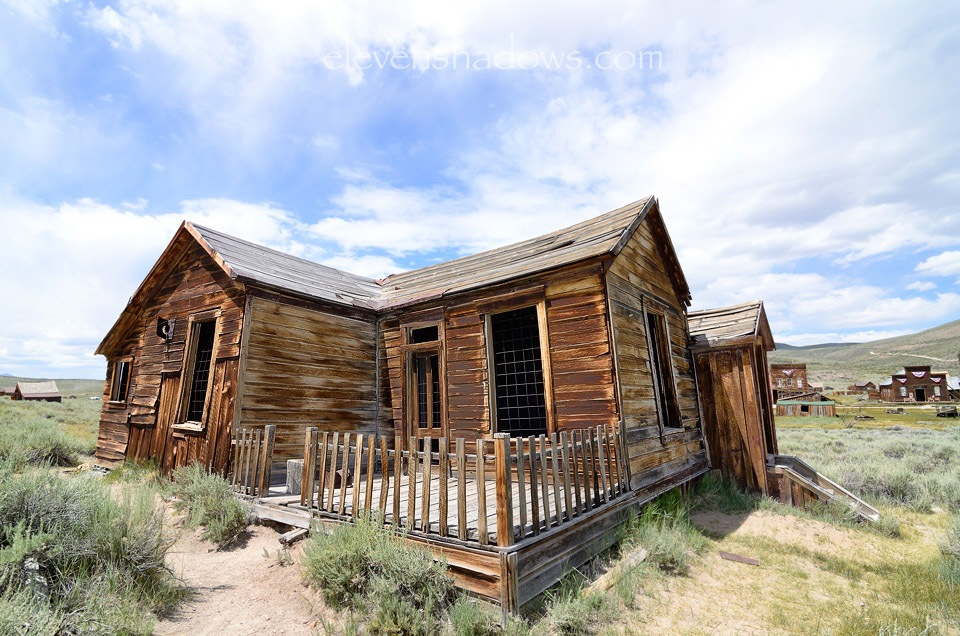
Bodie ghost town, situated at about 8000 feet in elevation. I absolutely love this place. This was my second visit, the first one in 2012, three years earlier than this visit. This was a wild town, with miners, outlaws, saloons, prostitutes, and thieves, all brought there by that shiny metal that people value so much. As the State Park describes it, "Bodie State Historic Park is a genuine California gold-mining ghost town. Visitors can walk down the deserted streets of a town that once had a population of nearly 10,000 people. The town is named for Waterman S. Body (William Bodey), who had discovered small amounts of gold in hills north of Mono Lake. In 1875, a mine cave-in revealed pay dirt, which led to purchase of the mine by the Standard Company in 1877. People flocked to Bodie and transformed it from a town of a few dozen to a boomtown. Only a small part of the town survives, preserved in a state of "arrested decay." Interiors remain as they were left and stocked with goods. Designated as a National Historic Site and a State Historic Park in 1962, the remains of Bodie are being preserved in a state of "arrested decay". Today this once thriving mining camp is visited by tourists, howling winds and an occasional ghost." |
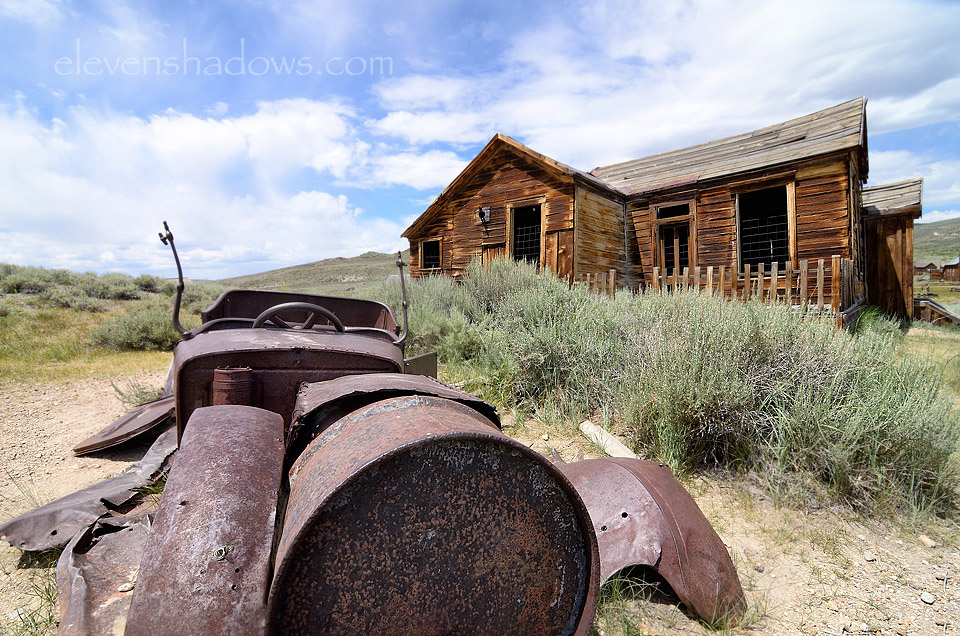
Bodie ghost town, situated at about 8000 feet in elevation. I absolutely love this place. This was my second visit, the first one in 2012, three years earlier than this visit. This was a wild town, with miners, outlaws, saloons, prostitutes, and thieves, all brought there by that shiny metal that people value so much. As the State Park describes it, "Bodie State Historic Park is a genuine California gold-mining ghost town. Visitors can walk down the deserted streets of a town that once had a population of nearly 10,000 people. The town is named for Waterman S. Body (William Bodey), who had discovered small amounts of gold in hills north of Mono Lake. In 1875, a mine cave-in revealed pay dirt, which led to purchase of the mine by the Standard Company in 1877. People flocked to Bodie and transformed it from a town of a few dozen to a boomtown. Only a small part of the town survives, preserved in a state of "arrested decay." Interiors remain as they were left and stocked with goods. Designated as a National Historic Site and a State Historic Park in 1962, the remains of Bodie are being preserved in a state of "arrested decay". Today this once thriving mining camp is visited by tourists, howling winds and an occasional ghost." |
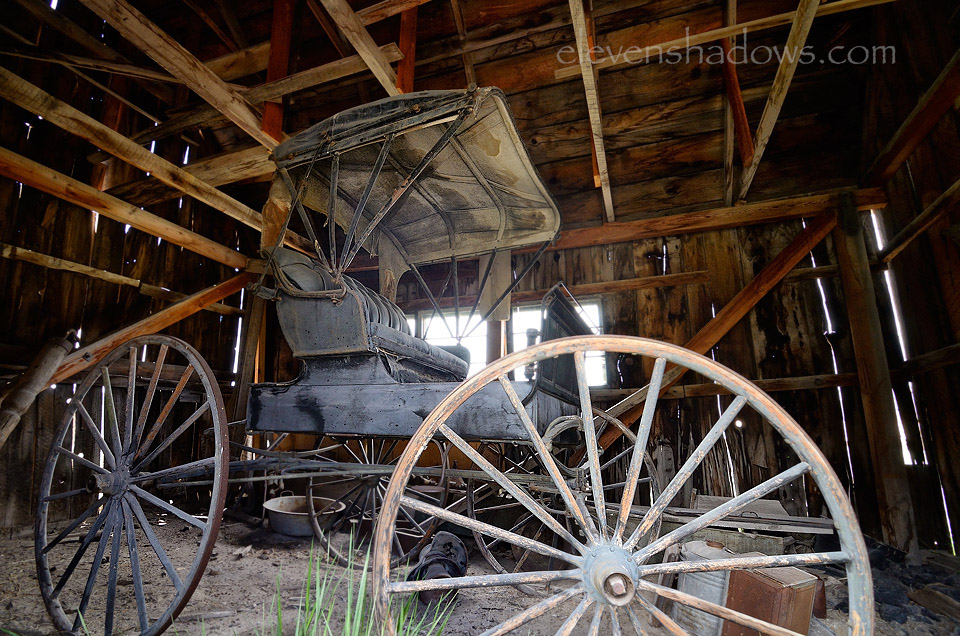
Bodie ghost town, situated at about 8000 feet in elevation. I absolutely love this place. This was my second visit, the first one in 2012, three years earlier than this visit. This was a wild town, with miners, outlaws, saloons, prostitutes, and thieves, all brought there by that shiny metal that people value so much. As the State Park describes it, "Bodie State Historic Park is a genuine California gold-mining ghost town. Visitors can walk down the deserted streets of a town that once had a population of nearly 10,000 people. The town is named for Waterman S. Body (William Bodey), who had discovered small amounts of gold in hills north of Mono Lake. In 1875, a mine cave-in revealed pay dirt, which led to purchase of the mine by the Standard Company in 1877. People flocked to Bodie and transformed it from a town of a few dozen to a boomtown. Only a small part of the town survives, preserved in a state of "arrested decay." Interiors remain as they were left and stocked with goods. Designated as a National Historic Site and a State Historic Park in 1962, the remains of Bodie are being preserved in a state of "arrested decay". Today this once thriving mining camp is visited by tourists, howling winds and an occasional ghost." |
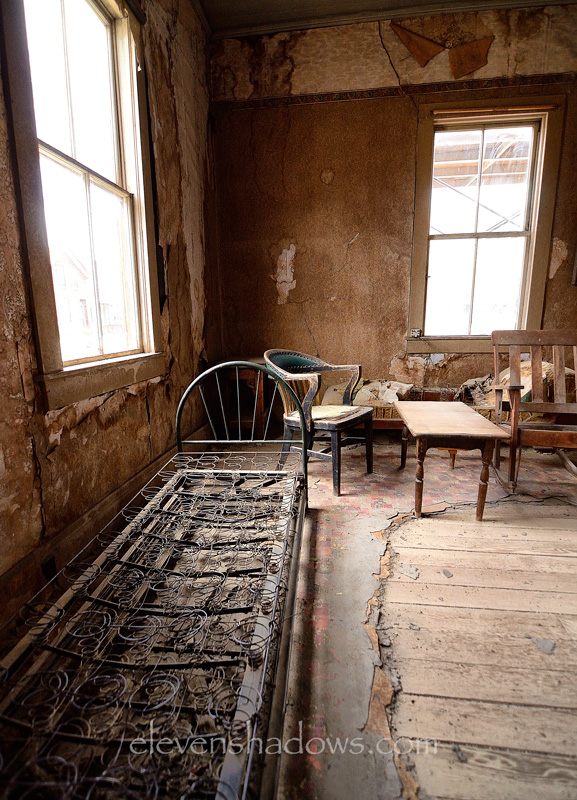
Bodie ghost town, situated at about 8000 feet in elevation. I absolutely love this place. This was my second visit, the first one in 2012, three years earlier than this visit. This was a wild town, with miners, outlaws, saloons, prostitutes, and thieves, all brought there by that shiny metal that people value so much. As the State Park describes it, "Bodie State Historic Park is a genuine California gold-mining ghost town. Visitors can walk down the deserted streets of a town that once had a population of nearly 10,000 people. The town is named for Waterman S. Body (William Bodey), who had discovered small amounts of gold in hills north of Mono Lake. In 1875, a mine cave-in revealed pay dirt, which led to purchase of the mine by the Standard Company in 1877. People flocked to Bodie and transformed it from a town of a few dozen to a boomtown. Only a small part of the town survives, preserved in a state of "arrested decay." Interiors remain as they were left and stocked with goods. Designated as a National Historic Site and a State Historic Park in 1962, the remains of Bodie are being preserved in a state of "arrested decay". Today this once thriving mining camp is visited by tourists, howling winds and an occasional ghost." |
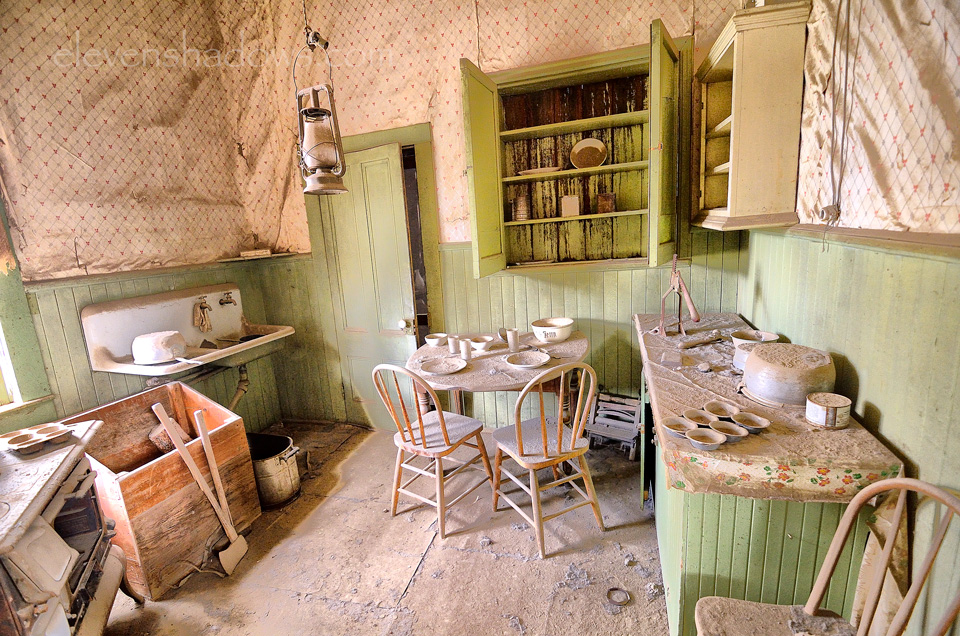
Bodie ghost town, situated at about 8000 feet in elevation. I absolutely love this place. This was my second visit, the first one in 2012, three years earlier than this visit. This was a wild town, with miners, outlaws, saloons, prostitutes, and thieves, all brought there by that shiny metal that people value so much. As the State Park describes it, "Bodie State Historic Park is a genuine California gold-mining ghost town. Visitors can walk down the deserted streets of a town that once had a population of nearly 10,000 people. The town is named for Waterman S. Body (William Bodey), who had discovered small amounts of gold in hills north of Mono Lake. In 1875, a mine cave-in revealed pay dirt, which led to purchase of the mine by the Standard Company in 1877. People flocked to Bodie and transformed it from a town of a few dozen to a boomtown. Only a small part of the town survives, preserved in a state of "arrested decay." Interiors remain as they were left and stocked with goods. Designated as a National Historic Site and a State Historic Park in 1962, the remains of Bodie are being preserved in a state of "arrested decay". Today this once thriving mining camp is visited by tourists, howling winds and an occasional ghost." |
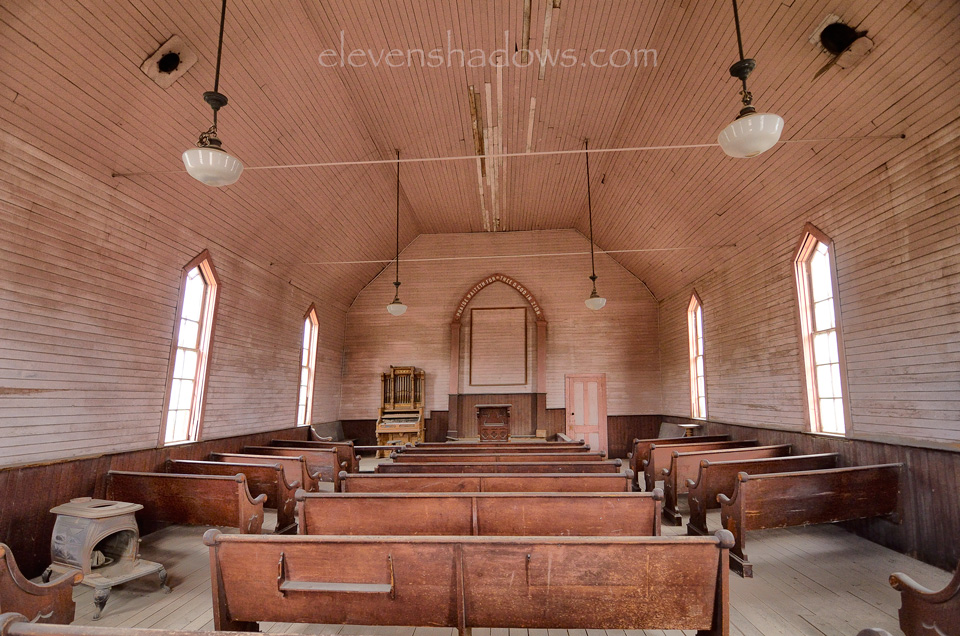
The church interior. Bodie ghost town, situated at about 8000 feet in elevation. I absolutely love this place. This was my second visit, the first one in 2012, three years earlier than this visit. This was a wild town, with miners, outlaws, saloons, prostitutes, and thieves, all brought there by that shiny metal that people value so much. As the State Park describes it, "Bodie State Historic Park is a genuine California gold-mining ghost town. Visitors can walk down the deserted streets of a town that once had a population of nearly 10,000 people. The town is named for Waterman S. Body (William Bodey), who had discovered small amounts of gold in hills north of Mono Lake. In 1875, a mine cave-in revealed pay dirt, which led to purchase of the mine by the Standard Company in 1877. People flocked to Bodie and transformed it from a town of a few dozen to a boomtown. Only a small part of the town survives, preserved in a state of "arrested decay." Interiors remain as they were left and stocked with goods. Designated as a National Historic Site and a State Historic Park in 1962, the remains of Bodie are being preserved in a state of "arrested decay". Today this once thriving mining camp is visited by tourists, howling winds and an occasional ghost." |
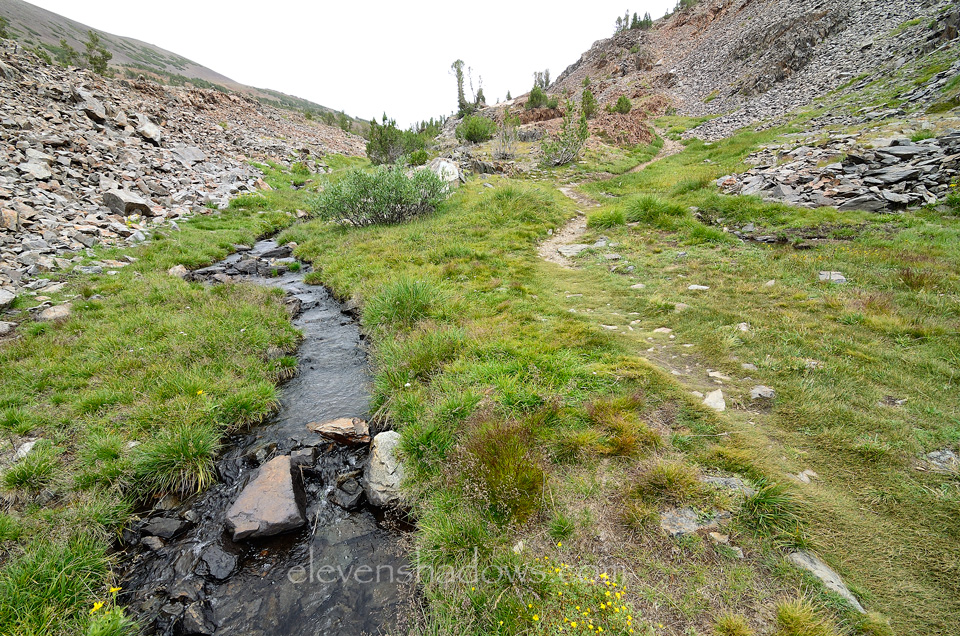 While we were staying in June Lake, we decided to go on a five mile loop hike around Saddlebag Lake, just outside Yosemite National Park. To do this loop hike, we took a boat across Saddlebag Lake. Saddlebag Lake Resort is located in the magnificent Eastern Sierra Nevada Mountains. And at an elevation of 10,000 feet, the weather can change rapidly. We were caught in an enormous lightning storm and pelted with hail and large raindrops the size of golf balls (okay, not really) on the last mile or two of the hike. While we were staying in June Lake, we decided to go on a five mile loop hike around Saddlebag Lake, just outside Yosemite National Park. To do this loop hike, we took a boat across Saddlebag Lake. Saddlebag Lake Resort is located in the magnificent Eastern Sierra Nevada Mountains. And at an elevation of 10,000 feet, the weather can change rapidly. We were caught in an enormous lightning storm and pelted with hail and large raindrops the size of golf balls (okay, not really) on the last mile or two of the hike. |
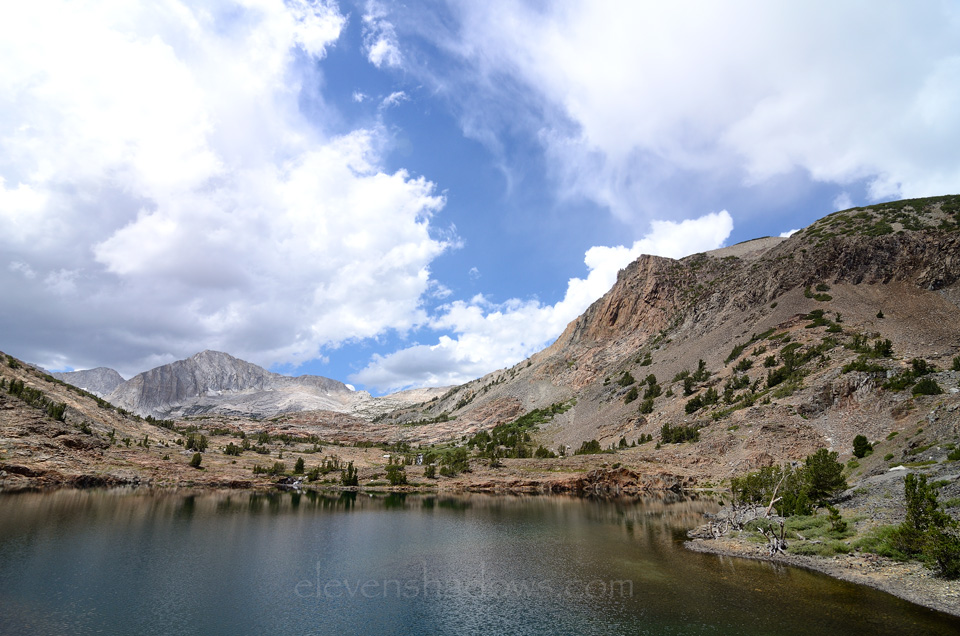 One of the many small lakes near the Saddlebag Lake loop hike at about 10,000 feet in a remote area in the magnificent Eastern Sierra Nevada Mountains, not far from Yosemite. One of the many small lakes near the Saddlebag Lake loop hike at about 10,000 feet in a remote area in the magnificent Eastern Sierra Nevada Mountains, not far from Yosemite. |
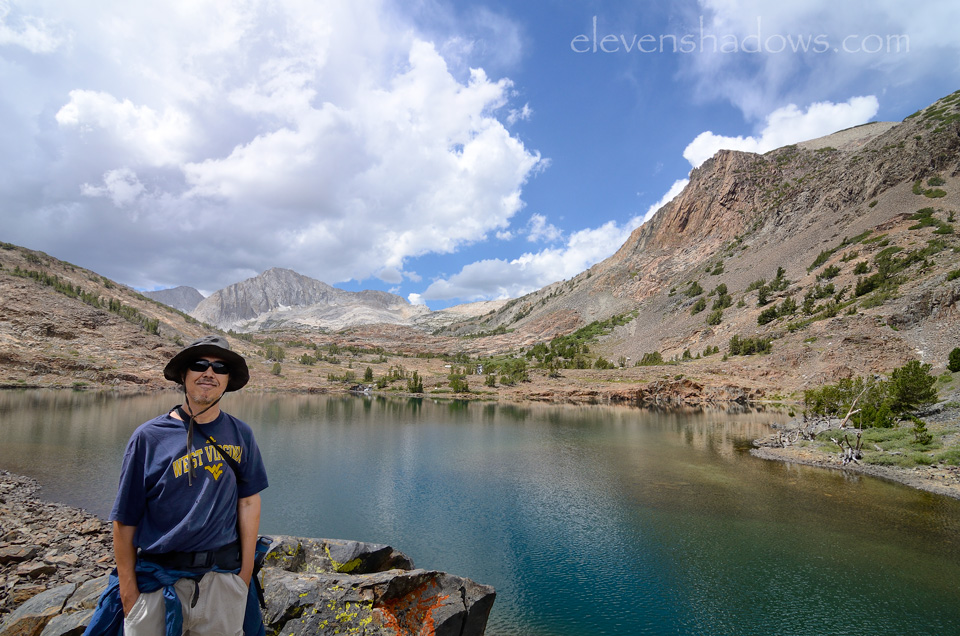 One of the many small lakes near the Saddlebag Lake loop hike at about 10,000 feet in a remote area in the magnificent Eastern Sierra Nevada Mountains, not far from Yosemite. One of the many small lakes near the Saddlebag Lake loop hike at about 10,000 feet in a remote area in the magnificent Eastern Sierra Nevada Mountains, not far from Yosemite. |
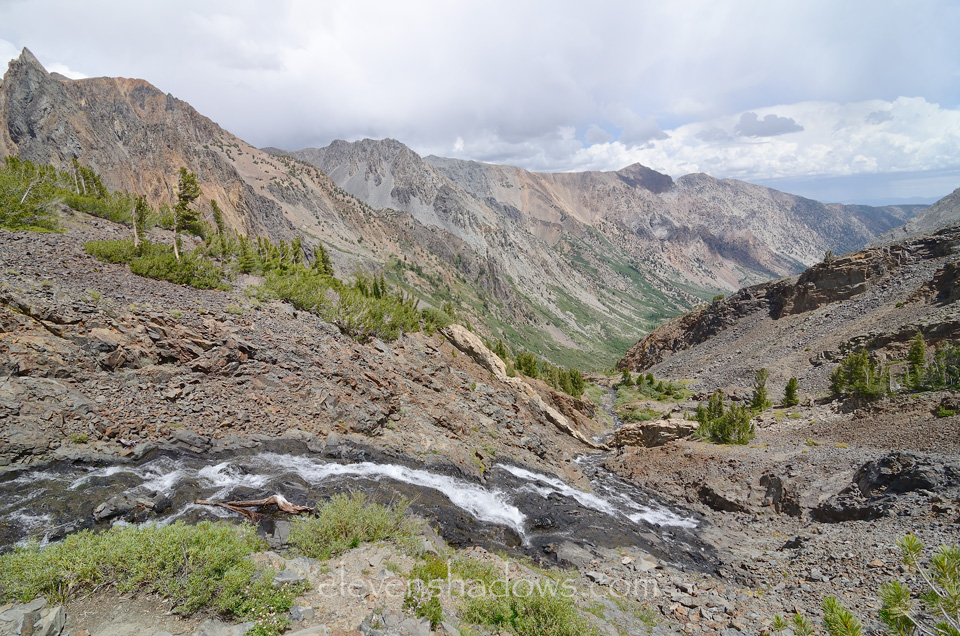 One of the many small lakes near the Saddlebag Lake loop hike at about 10,000 feet in a remote area in the magnificent Eastern Sierra Nevada Mountains, not far from Yosemite. One of the many small lakes near the Saddlebag Lake loop hike at about 10,000 feet in a remote area in the magnificent Eastern Sierra Nevada Mountains, not far from Yosemite. |
 One of the many small lakes near the Saddlebag Lake loop hike at about 10,000 feet in a remote area in the magnificent Eastern Sierra Nevada Mountains, not far from Yosemite. One of the many small lakes near the Saddlebag Lake loop hike at about 10,000 feet in a remote area in the magnificent Eastern Sierra Nevada Mountains, not far from Yosemite. |
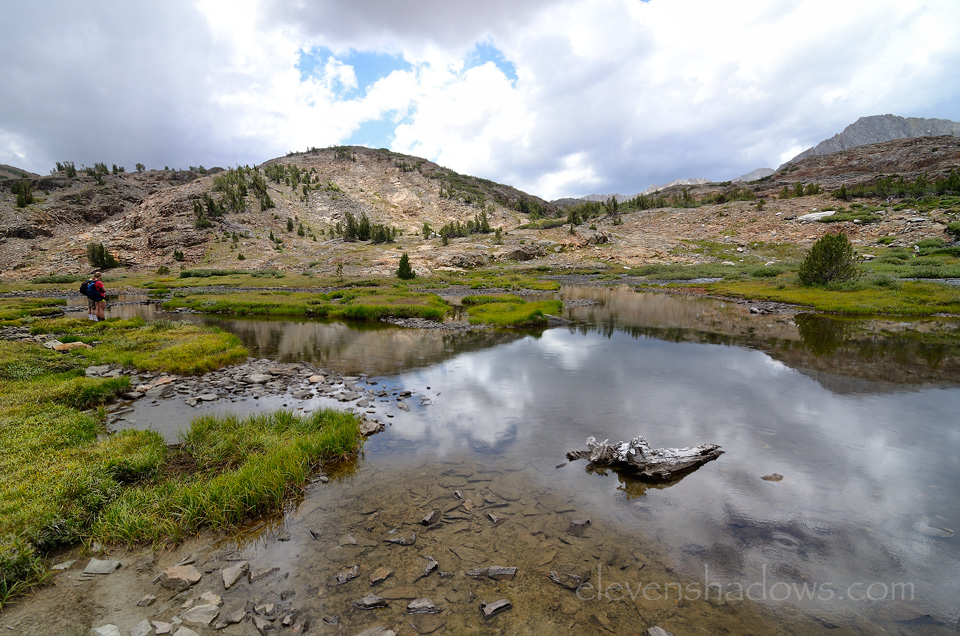 One of the many small lakes near the Saddlebag Lake loop hike at about 10,000 feet in a remote area in the magnificent Eastern Sierra Nevada Mountains, not far from Yosemite. One of the many small lakes near the Saddlebag Lake loop hike at about 10,000 feet in a remote area in the magnificent Eastern Sierra Nevada Mountains, not far from Yosemite. |
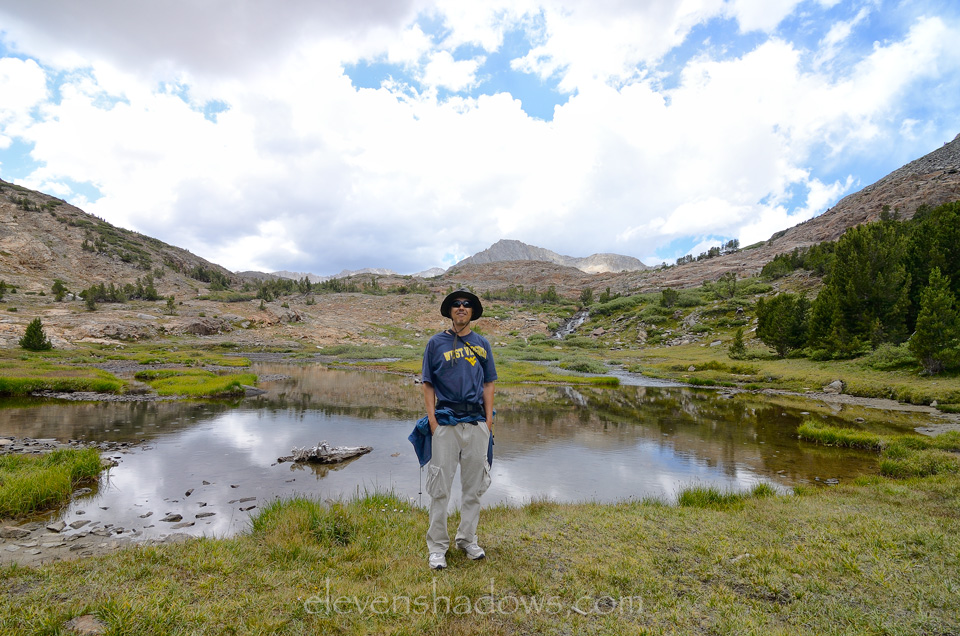 One of the many small lakes near the Saddlebag Lake loop hike at about 10,000 feet in a remote area in the magnificent Eastern Sierra Nevada Mountains, not far from Yosemite. One of the many small lakes near the Saddlebag Lake loop hike at about 10,000 feet in a remote area in the magnificent Eastern Sierra Nevada Mountains, not far from Yosemite. |
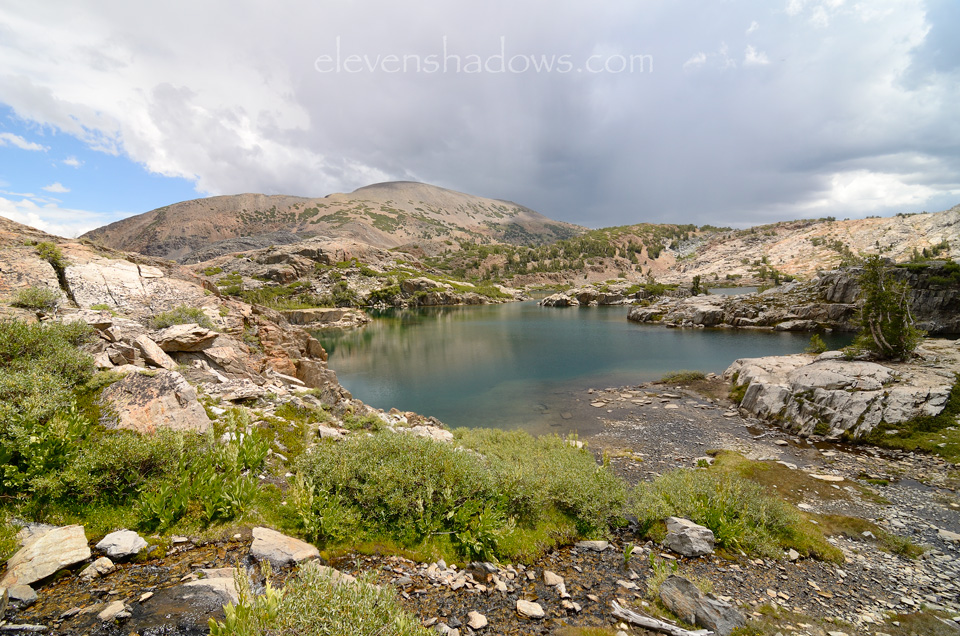 One of the many small lakes near the Saddlebag Lake loop hike at about 10,000 feet in a remote area in the magnificent Eastern Sierra Nevada Mountains, not far from Yosemite. One of the many small lakes near the Saddlebag Lake loop hike at about 10,000 feet in a remote area in the magnificent Eastern Sierra Nevada Mountains, not far from Yosemite. |
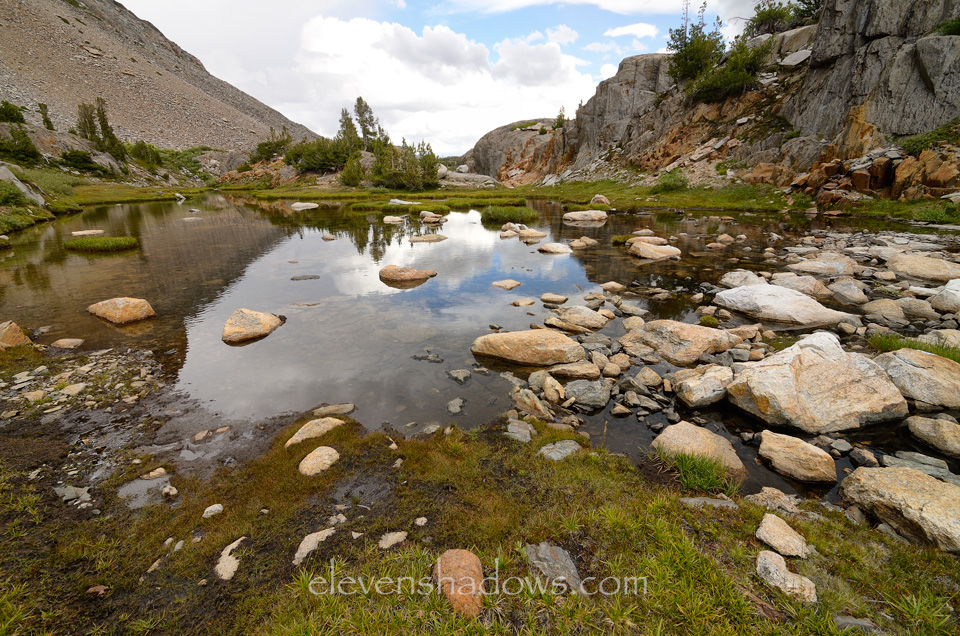 One of the many small lakes near the Saddlebag Lake loop hike at about 10,000 feet in a remote area in the magnificent Eastern Sierra Nevada Mountains, not far from Yosemite. One of the many small lakes near the Saddlebag Lake loop hike at about 10,000 feet in a remote area in the magnificent Eastern Sierra Nevada Mountains, not far from Yosemite. |
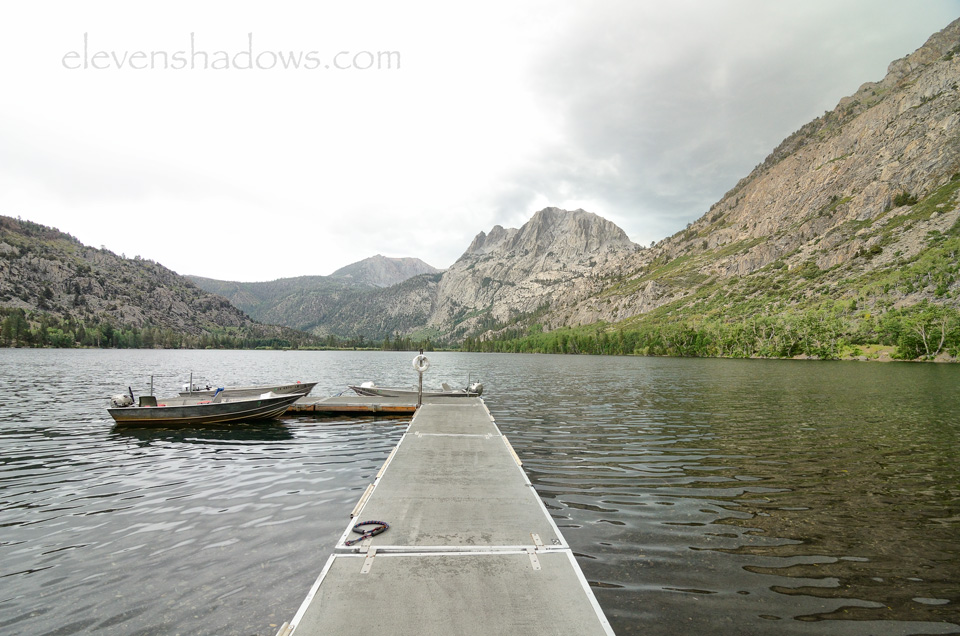 Near June Lake. Near June Lake. |
|
Ken's photos of Nobel Peace Prize Winner Aung
San Suu Kyi, as well as photos of Peru, Burma, India, Morocco, China, Thailand,
Ghana, Ecuador, and elsewhere, have appeared in many books, magazines,
websites, and galleries. Visit the
Ken Lee Photography Website. Some of Ken's select photos may be
purchased through his
Imagekind Store. Join the fun and participation on Ken's Facebook Page. |
Lake Tahoe, June Lake, Saddlebag Lake near Yosemite, Bodie Ghost Town, Garlock Ghost Town - July 2015
Page 1 of 2 - use arrows to navigate
Eleven Shadows Travel Page
Contact photographer/musician Ken Lee